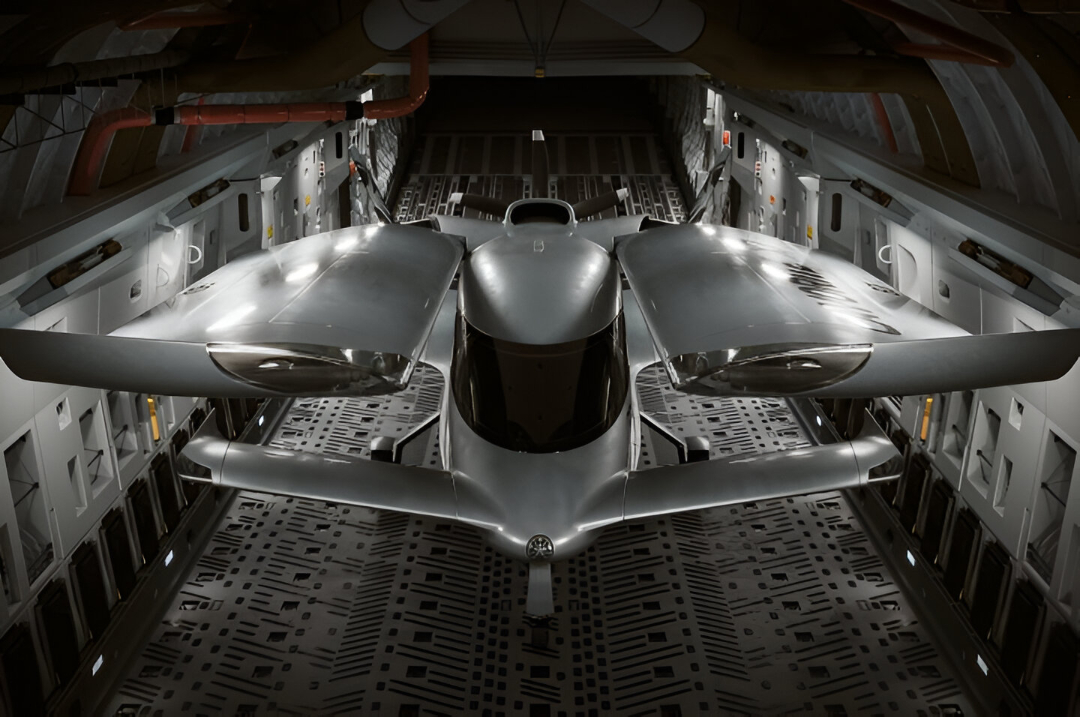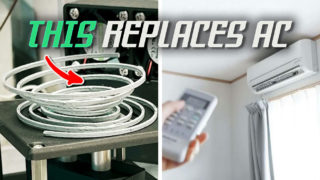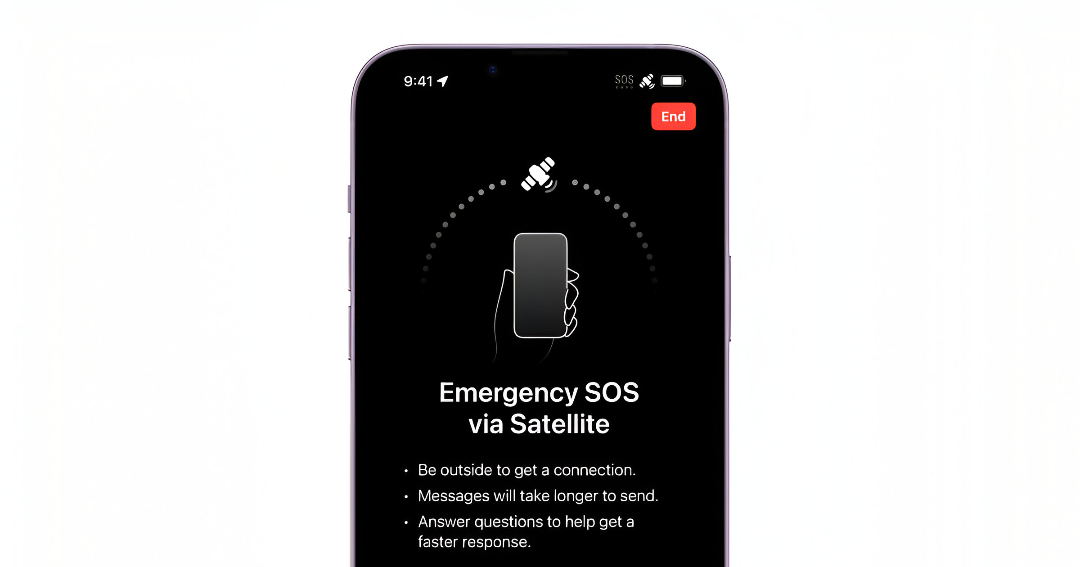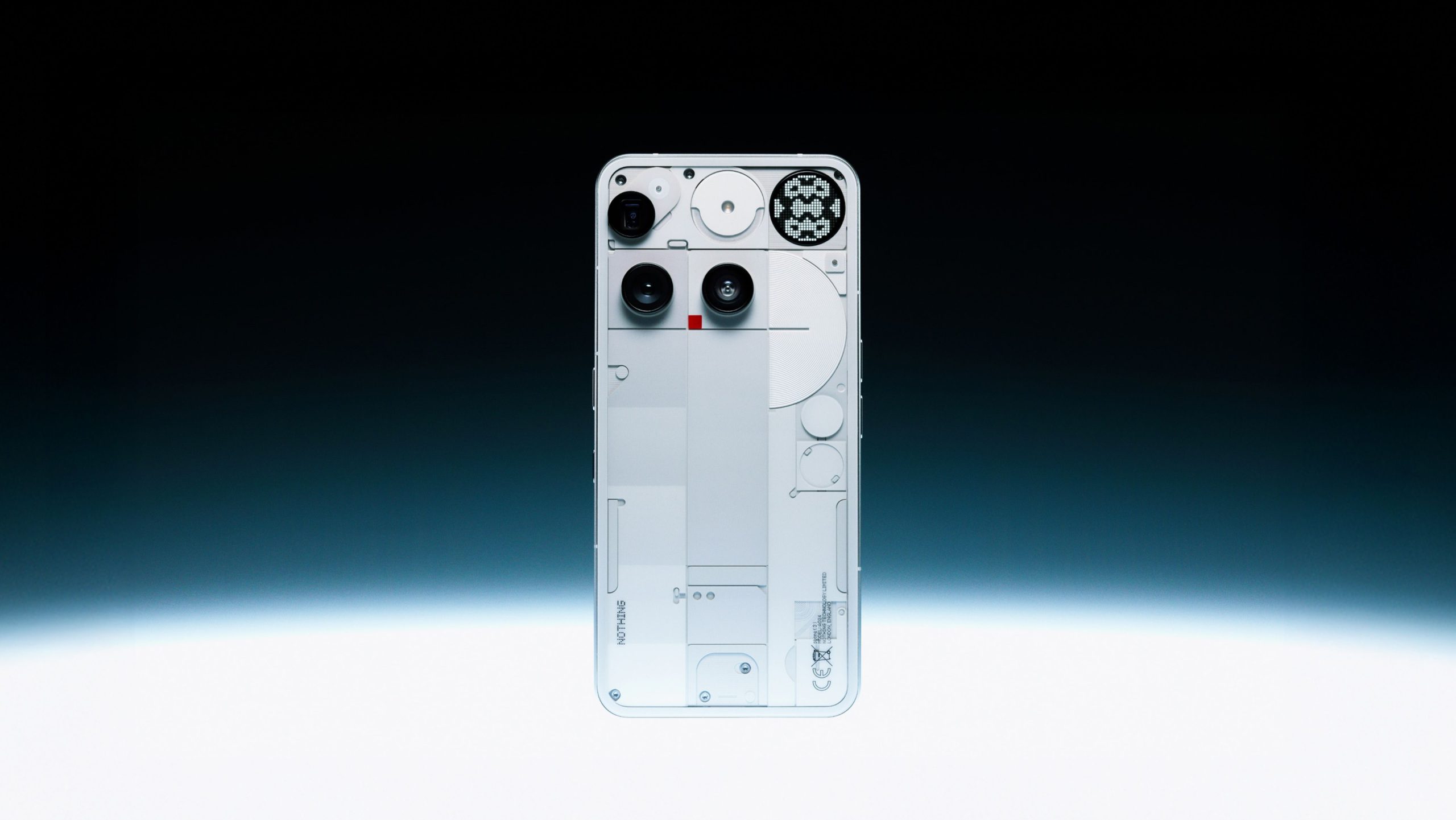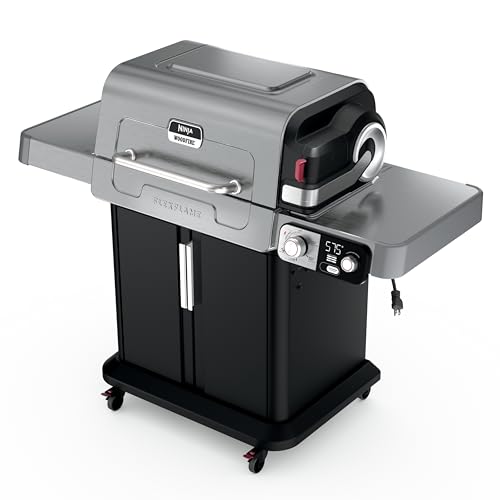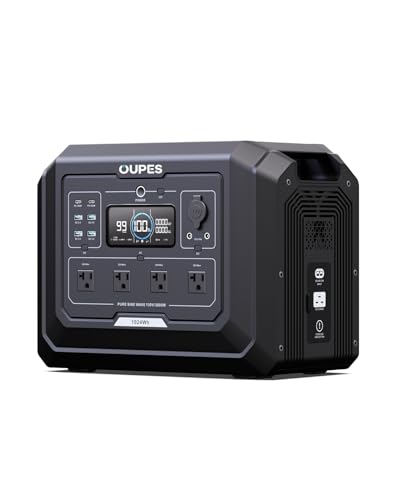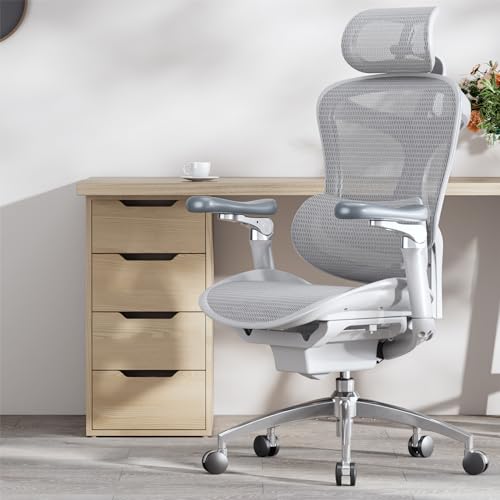Silicon Valley dreams of flying cars. Canada built one that works. Horizon Aircraft’s Cavorite X7 has achieved what dozens of eVTOL startups have only promised – stable transition from hover to wing-borne flight using its fan-in-wing design. The sleek black aircraft looks like something Batman would fly for weekend getaways, with 14 cleverly hidden fans that disappear when not needed. While Horizon hasn’t disclosed pricing yet, this won’t be your everyday Uber alternative, but for an industry burning through venture capital faster than battery life, actually flying beats impressive renders every time. With its hybrid range and flight stability, the Cavorite X7 could mark a turning point in Personal Air Travel.
Clever Wings, Not Marketing Wings
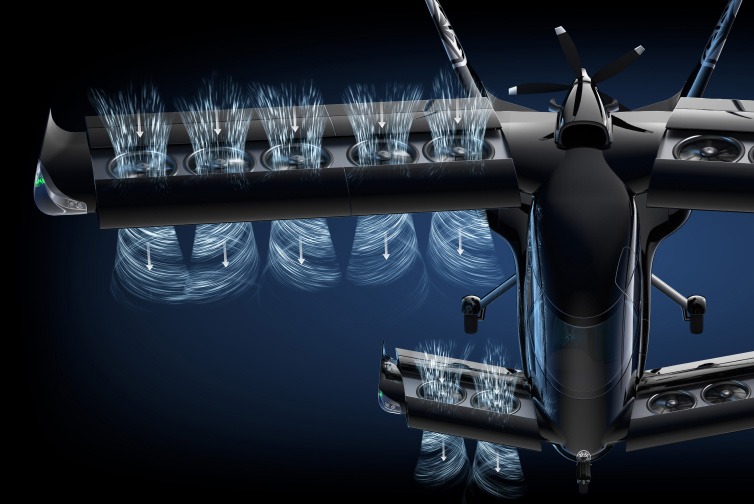
The X7’s wings contain a neat trick – they split open to reveal five electric fans on each side. When you’re airborne, they close up like a MacBook at airport security.
This approach solves the awkward transition phase that has sent competing prototypes crashing to earth. No tilting rotors or spinning nacelles here – just clean engineering that works.
“From the beginning, we have focused on innovations that make the most operational sense with the best available technology. We are looking forward to proving this next on our full-scale, piloted technical demonstrator that is currently under construction,” said Brandon Robinson, CEO and co-founder of Horizon Aircraft, in a press release.
Hybrid Power (The Good Kind)
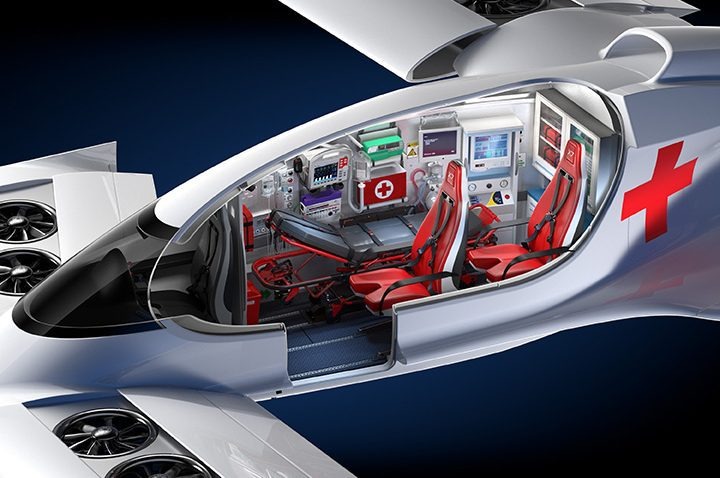
Unlike competitors betting everything on batteries, Horizon went hybrid with a gas turbine engine for cruising. This supposedly delivers 500+ miles of range versus the 100-ish miles most electric-only designs offer.
The turbine recharges batteries mid-flight, eliminating the two-hour ground charging ritual other eVTOLs require. For actual transportation rather than tech demos, this difference matters.
Weather-Ready Reality
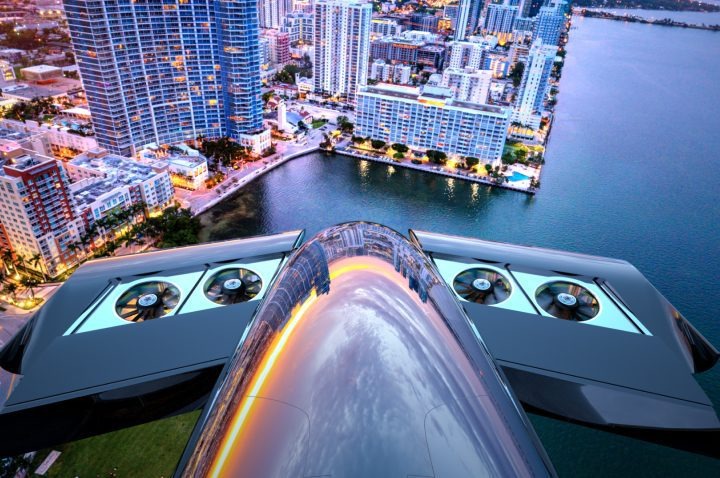
Most eVTOLs avoid weather like cats avoid baths. The X7 targets certification for instrument flight rules and known icing conditions – pilot-speak for “flies in actual weather.”
Previous designs worked great in California sunshine but melted in Seattle drizzle. Horizon’s approach acknowledges that useful aircraft must fly when needed, not just when conditions are perfect.
Practical Innovation

With six passenger seats plus pilot, the X7 carries a 1,500-pound payload in vertical takeoff mode. That’s enough for actual humans with actual luggage – a concept apparently revolutionary in eVTOL circles.
The 250 mph cruising speed doubles what most competitors offer. Cross-town hops become regional connections, expanding the practical use case beyond solving Silicon Valley’s commute problems.
Real-World Routes
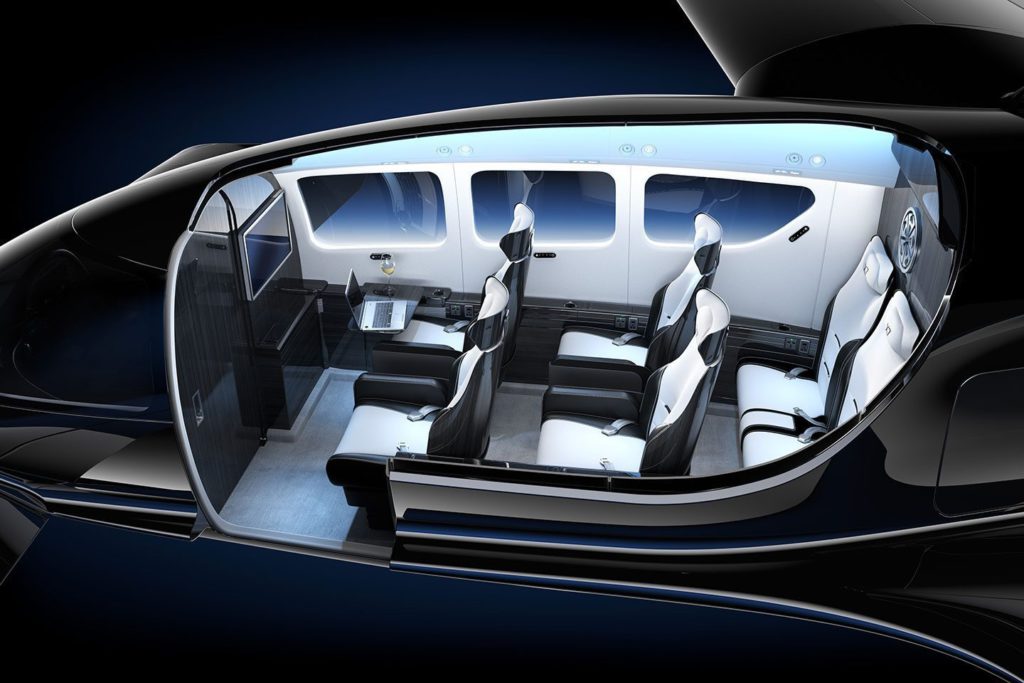
Unlike urban air taxi concepts requiring networks of rooftop vertiports that don’t exist, the X7 can operate from existing infrastructure – small airports, helipads, or even short improvised runways.
This flight flexibility means real-world deployment without waiting for cities to rebuild themselves around your business model. Previous ambitious air mobility plans assumed infrastructure would materialize through sheer force of PowerPoint presentations.
Military Interest
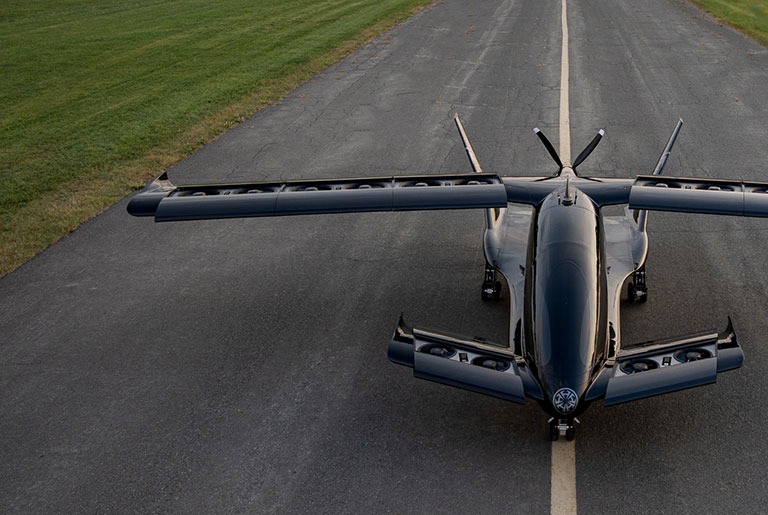
The cabin configuration adapts for medevac, cargo, or military roles. That cargo aircraft photo isn’t accidental – defense contracts provide runway before commercial certification.
The X7 proves sensible enough for practical military logistics, highlighting the gap between investor-friendly concepts and actual operational aircraft. Defense customers prioritize reliability over hype.
Market Reality Check
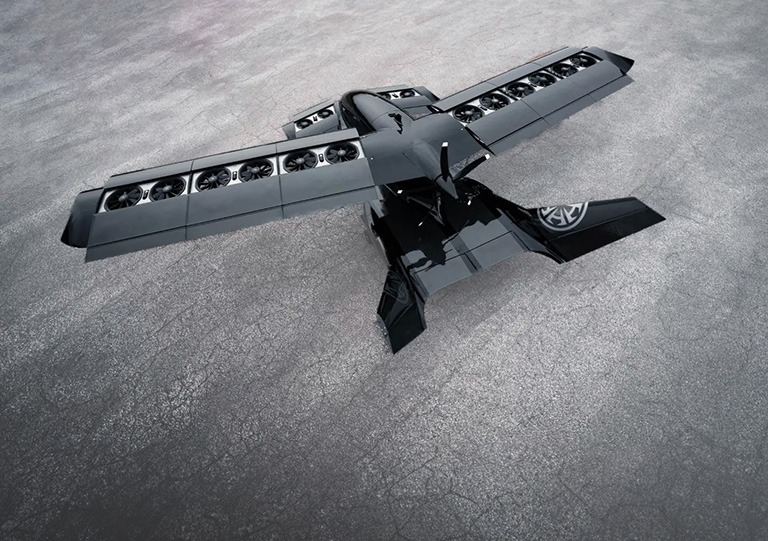
At 5,500 pounds gross weight, this is no toy. According to industry analysts, certification could come by 2027, which seems aggressive but more realistic than competitors promising commercial service “next year” since 2018.
The hybrid approach sacrifices the all-electric bragging rights that attract certain investors but delivers something better – an aircraft that flies useful distances without constant recharging. Sometimes practical beats perfect on PowerPoint.

